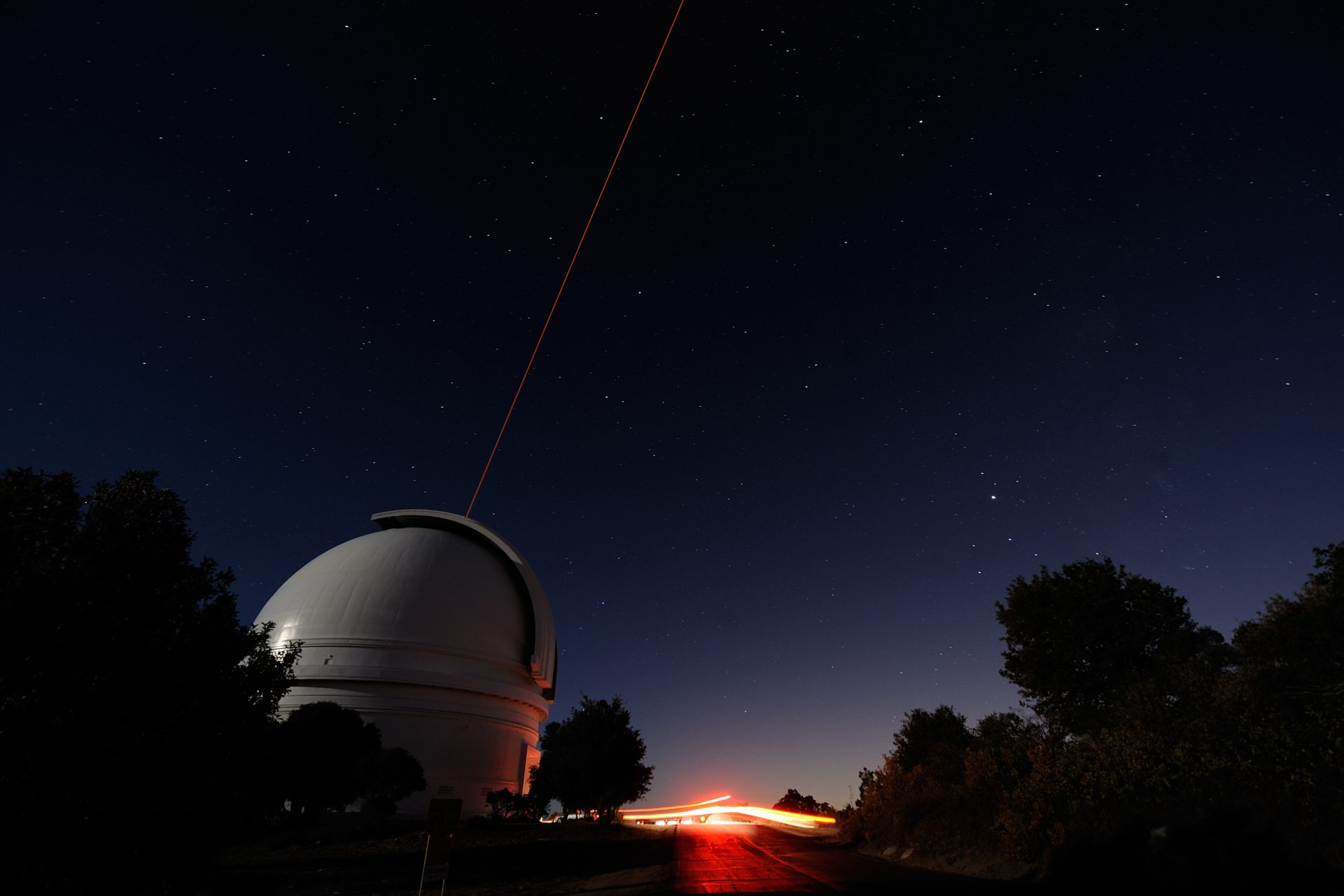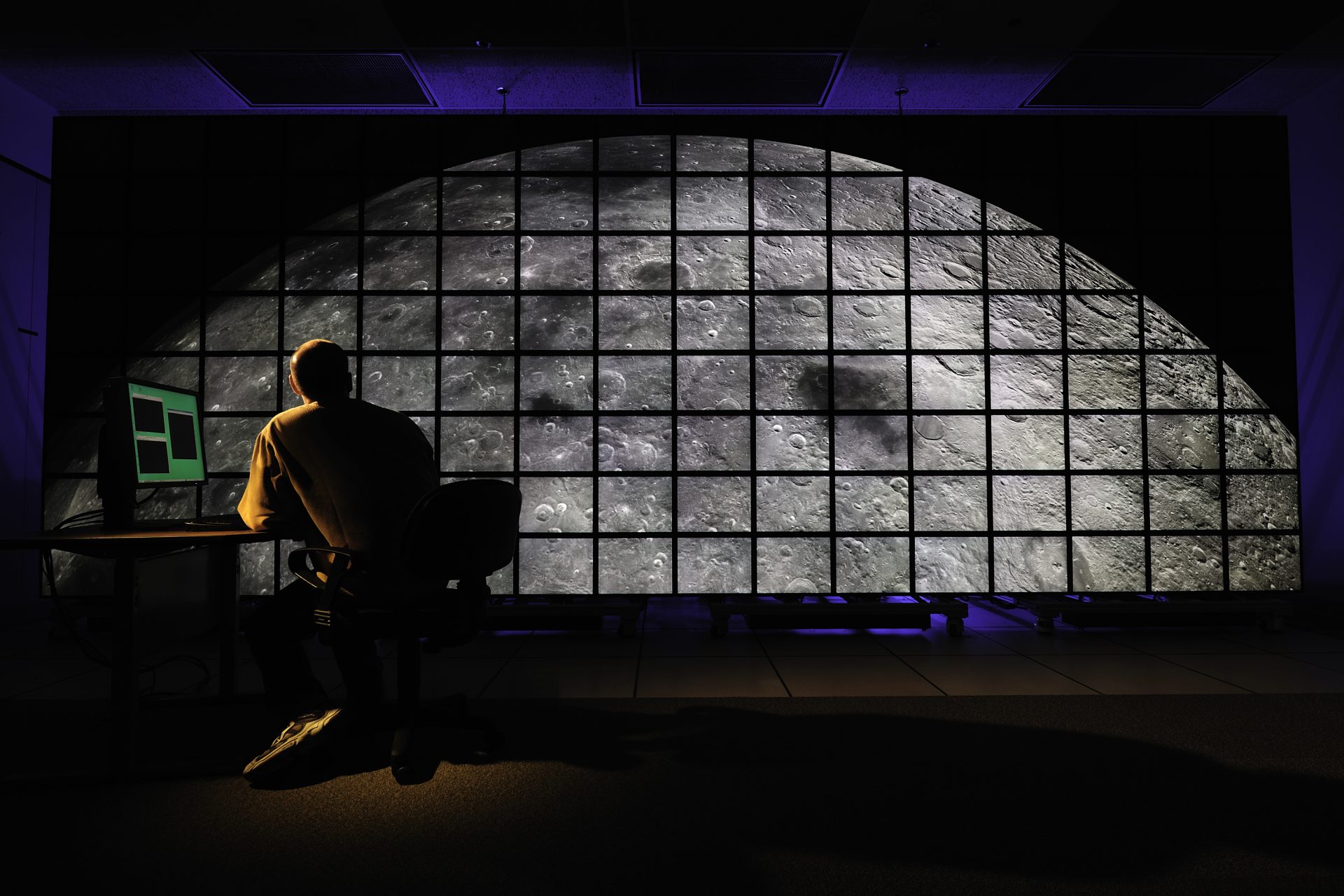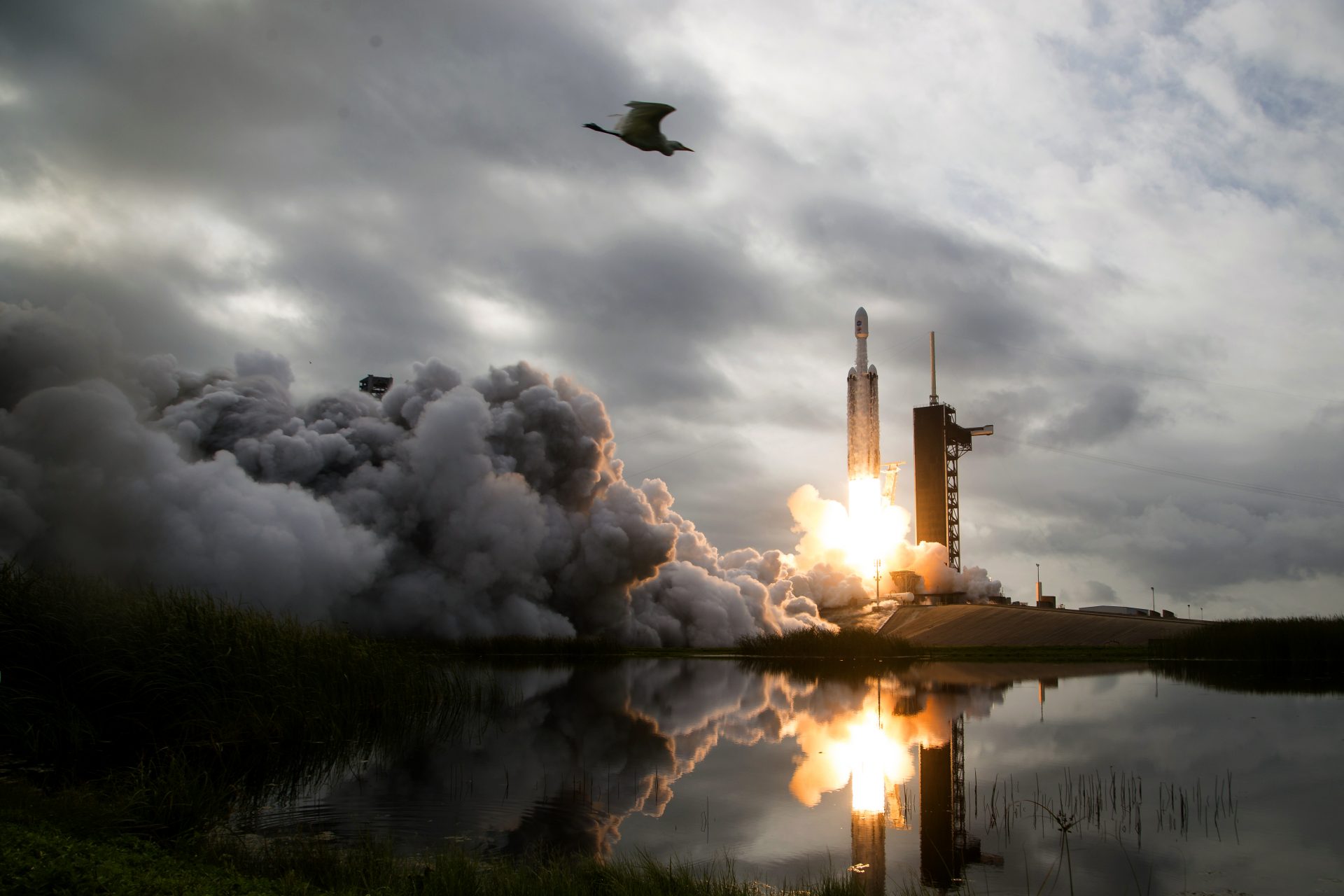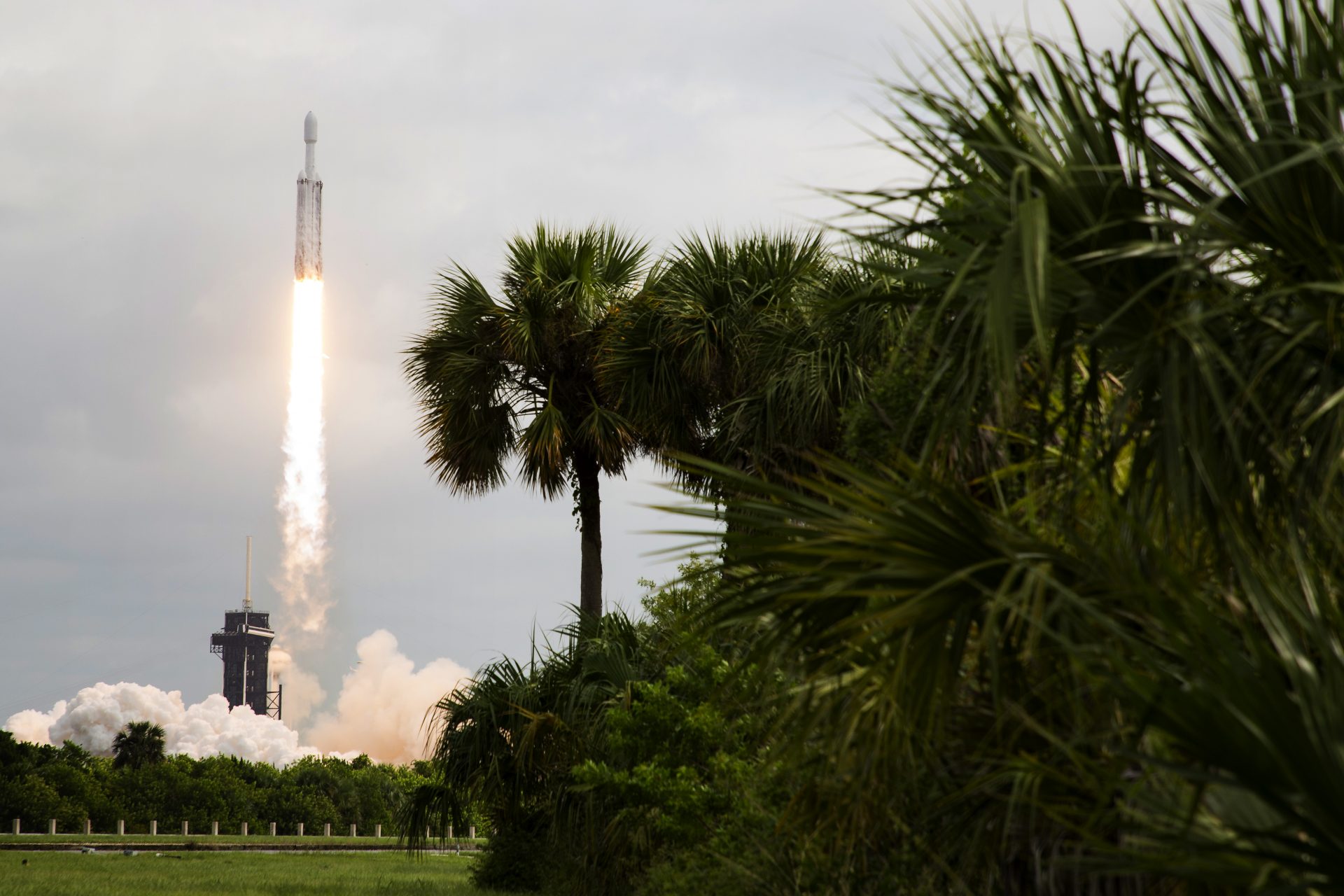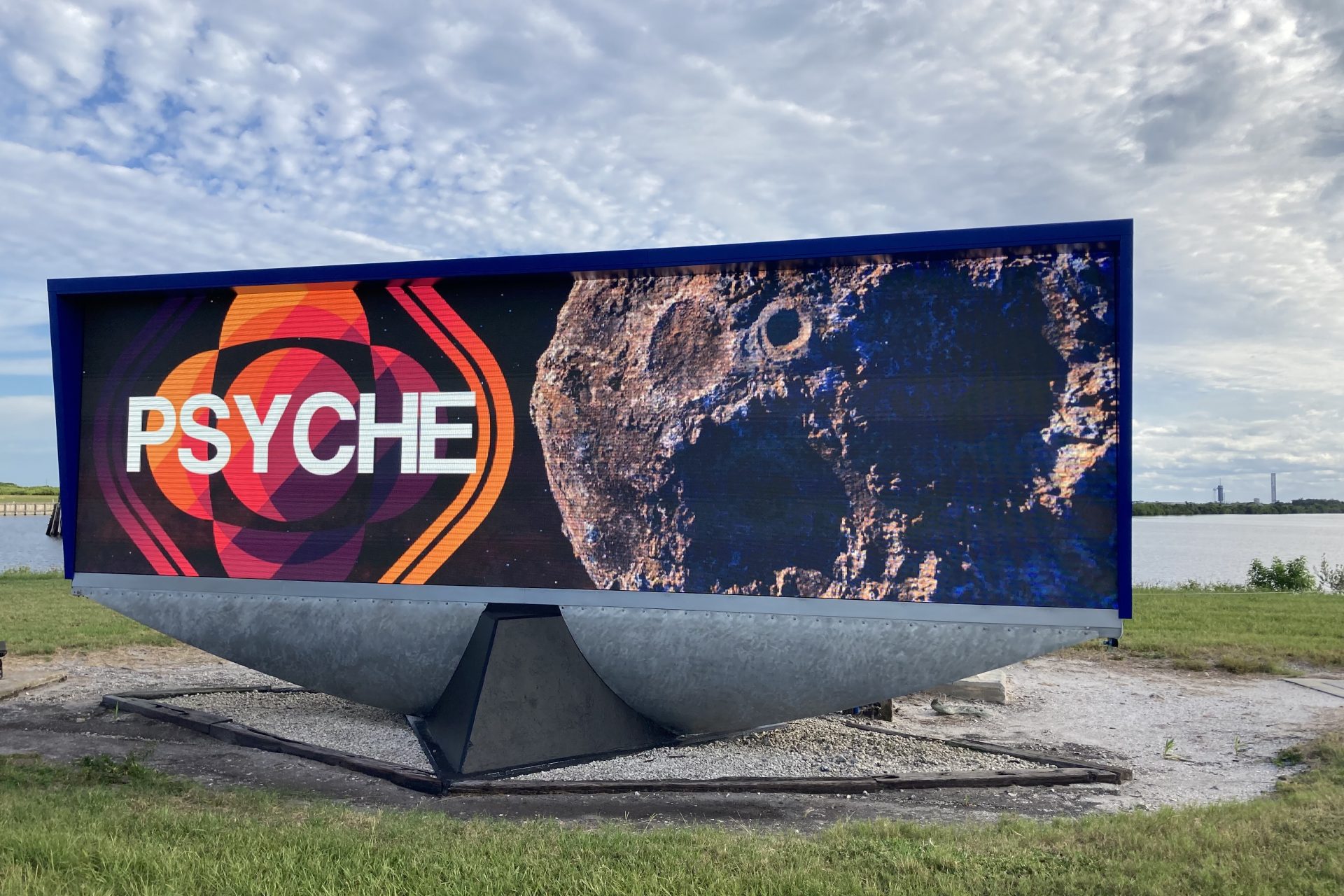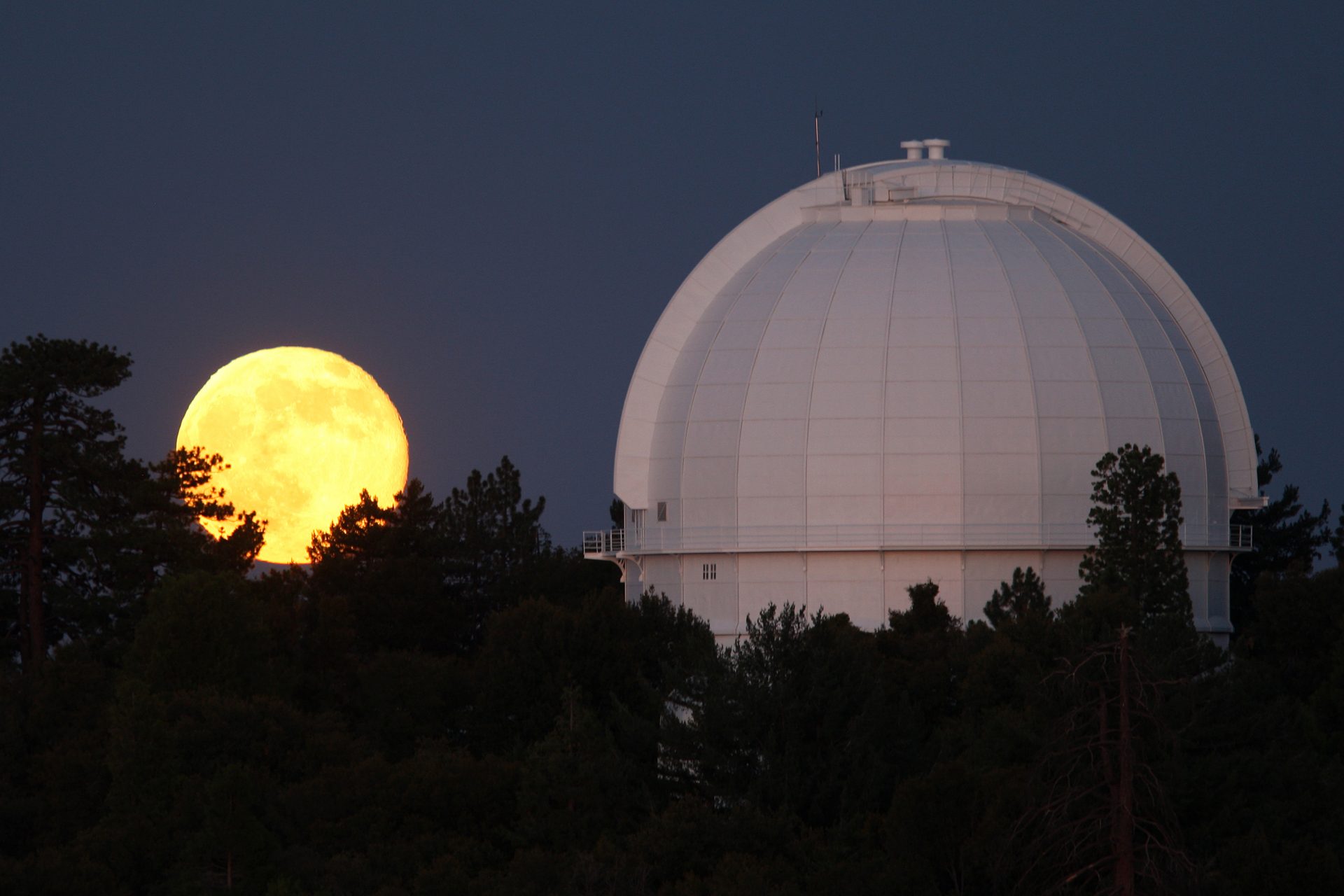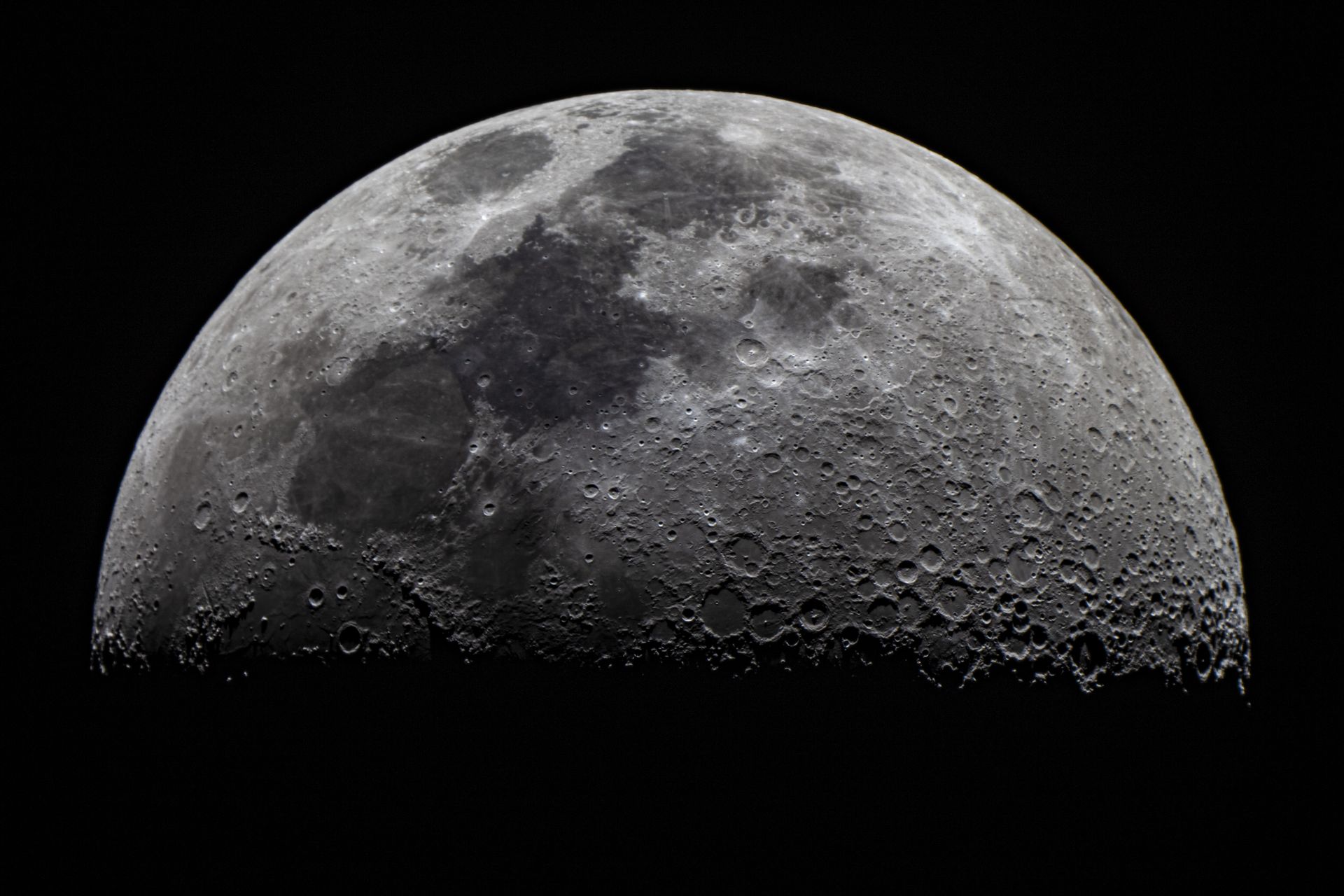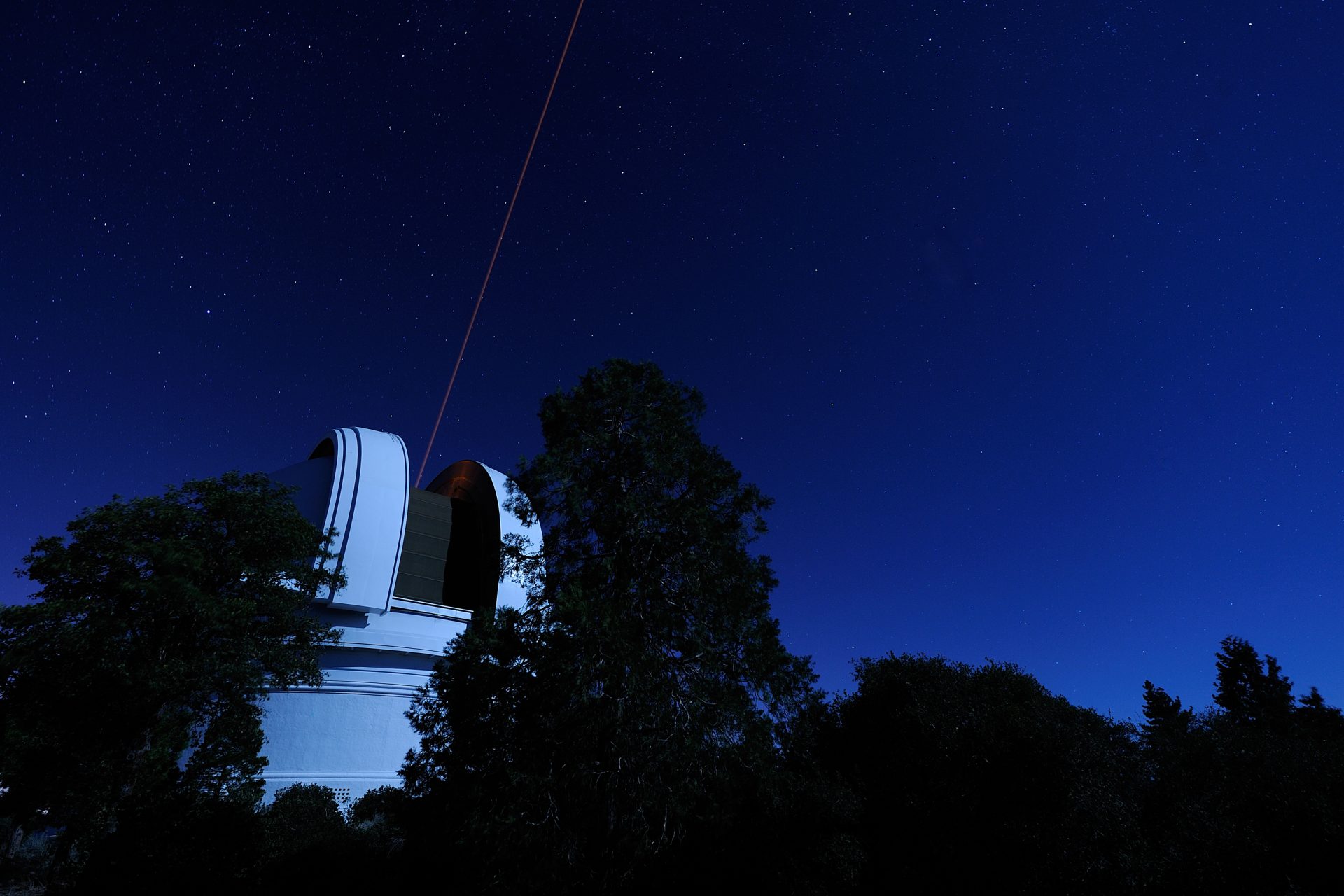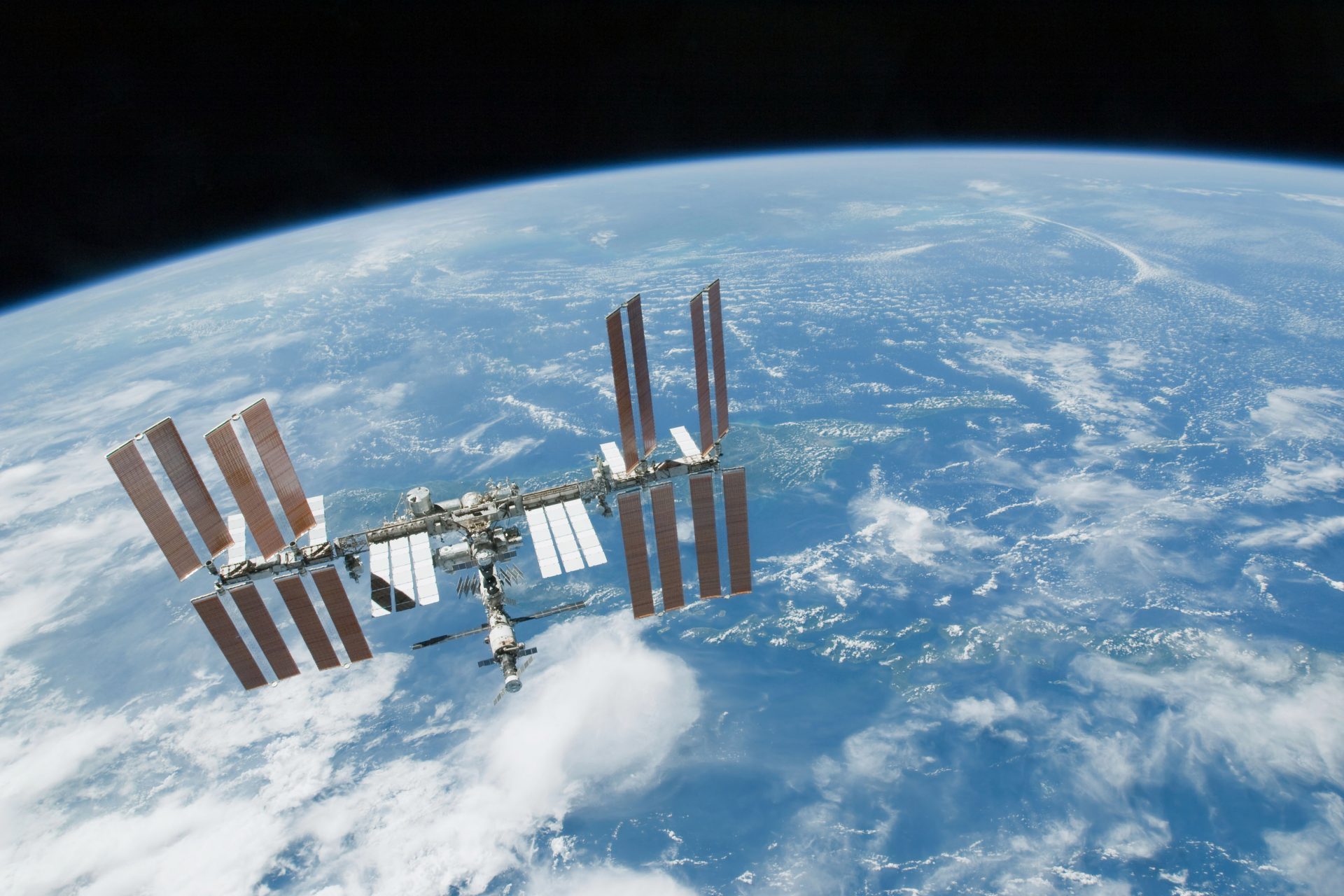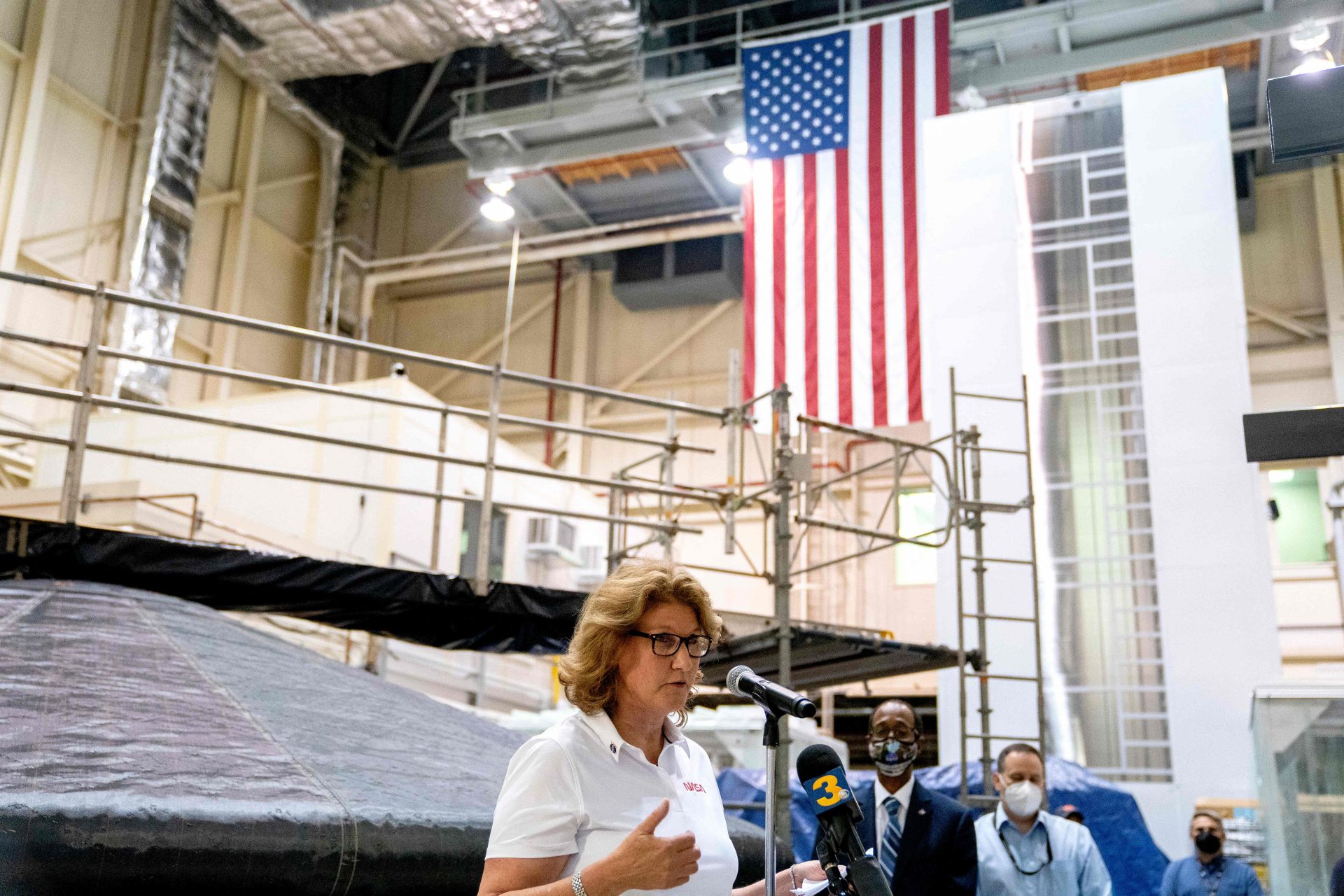Message from space: NASA receives data from 16 million kilometers away
The fact that people will eventually live on Mars is more than a dream, for some people it is a concrete idea for the future. Good communication with Earth would then be important. Perhaps this will soon become a reality, as the US space agency NASA launched an experiment in which it received a message from space from 16 million kilometers away.
NASA has started the “Deep Space Optical Communications”, or DSOC for short, project, which aims to increase the speed of communication using infrared or other high light frequencies, according to the NASA website.
The DSCO experiment is currently on board "Psyche", a NASA probe that is traveling to catch humanity's first glimpse of the the metal-rich asteroid (also named Psyche) between the planets Mars and Jupiter.
Psyche was launched in mid-October, and the spacecraft is expected to spend the following six years traveling about 2.2 billion miles (3.6 billion kilometers) to reach its the asteroid also named Psyche, located in the outer part of the main asteroid belt.
This means that DSCO, together with "Psyche", is moving further and further away from Earth - and sent a message to Earth for the first time on November 14th.
According to NASA, the laser on DSOC can send data at 10 to 100 times the speed of traditional radio wave systems that NASA has used on other missions.
Using a near-infrared laser beam, DSOC was able to send a message to Earth. The test data was received from the Hale Telescope in California.
At this point, DSOC was 16 million kilometers from Earth. A distance that is 40 times as far as that from the moon to the earth.
Meera Srinivisan, who leads the DSOC project, said: "It was a big challenge and we still have a lot of work to do, but for a short period of time we were able to send, receive and decode data."
This is the largest distance over which a message has been transferred using optical communication to date.
In order for DSOC to send the message to Earth, a laser beam had to be sent into space from the telescope on Earth.
Using this laser beam, DSOC was able to home in on the target on Earth and begin communication.
In fact, according to Trudy Kortes, director of technology demonstrations at NASA, says this is just the first step. As reported by CBS News, Kortes said that in the future, it should be possible to send “scientific information, high-definition imagery, and streaming video in support of humanity's next giant leap: sending humans to Mars."
More for you
Top Stories



